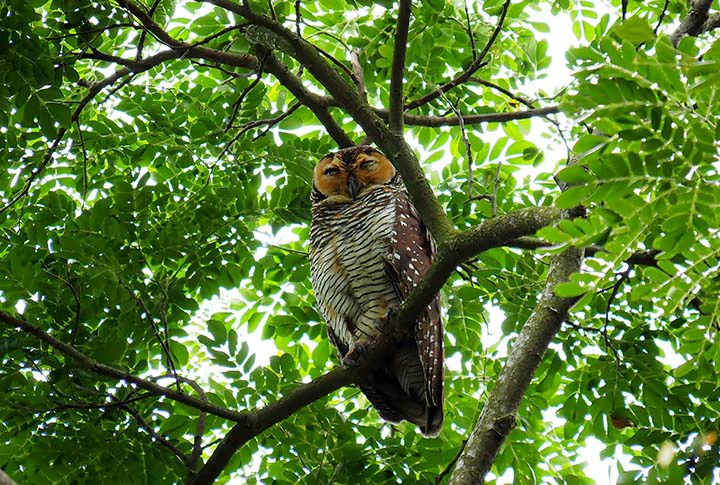
BIRDING IN
Bwabwata National Park

BIRDING IN
Bwabwata National Park

BIRDING IN
Bwabwata National Park

BIRDING IN
Bwabwata National Park
The park was first announced as the Caprivi Game Reserve in 1966 and upgraded to the Caprivi Game Park in 1968. It was gazetted as the Bwabwata National Park in 2007 and incorporated the former Mahango Game Reserve. The park has had a chequered history as it was declared a military area by the South African Defence Force during Namibia's war of liberation. It was not until after Independence in 1990 that the park could be properly run as a conservation area.
Bwabwata has low vegetation sand cuned with old drainage lines called omurambas in between the Okavango River in the west and the Kwando River in the east. The Vegetation is Broad-Leafed Kalahari Woodland with trees such as Zambezi Teak and false Mopane on the sandy areas, and Camel-Thorn And Leadwood in the Omurambas. Reeds and papyrus occur on the Floodplains, which are lined with trees such as Jackal-Berry, Mangosteen, Knob Thorn and Makalani Palm.
Large concentrations of Elephant and Buffalo, also Sable and Roan Antelope occur in the park. Main predators include Lion, Leopard, Cheetah and Hyaena. Bwabwata is one of the last refuges of the wild dogs in Namibia. Common Reedbuck, Red lechwe, Sitatunga and Hippo occur along the rivers. Birds include Wattled Crane, African Skimmer, Western- banded Snake Eagle, Wood Owl, Pel's Fishing Owl, Narina Trogon, Cape Parrot, and both Red-billed and Yellow-billed Oxpeckers.
Our Experts are ready to provide answers

Birding Specials for Avid Birders include; African hobby, African pygmy goose, Bat hawk, Bearded scrub robin, Bradfield's hornbill, Brown firefinch, Chirping cisticola, Collared palm-thrush, Coppery-tailed coucal, Green-backed honeyguide, Hartlaub's babbler, Lesser jacana, Little bittern,
Read More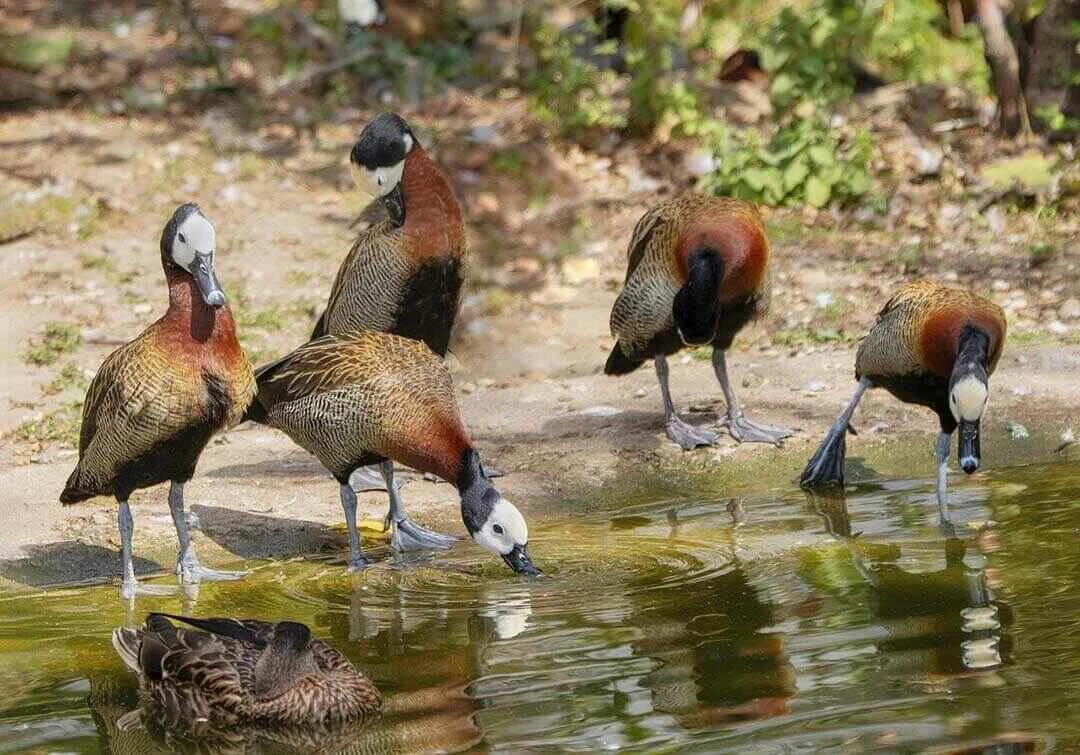
Daan Viljoen delivers brilliant dry country birding and could yield some very special species. This includes Monteiro's Hornbill, Verreaux's Eagle, Rockrunner, Carp's Tit, Short-toed Rock Thrush, Orange River Francolin,
Read More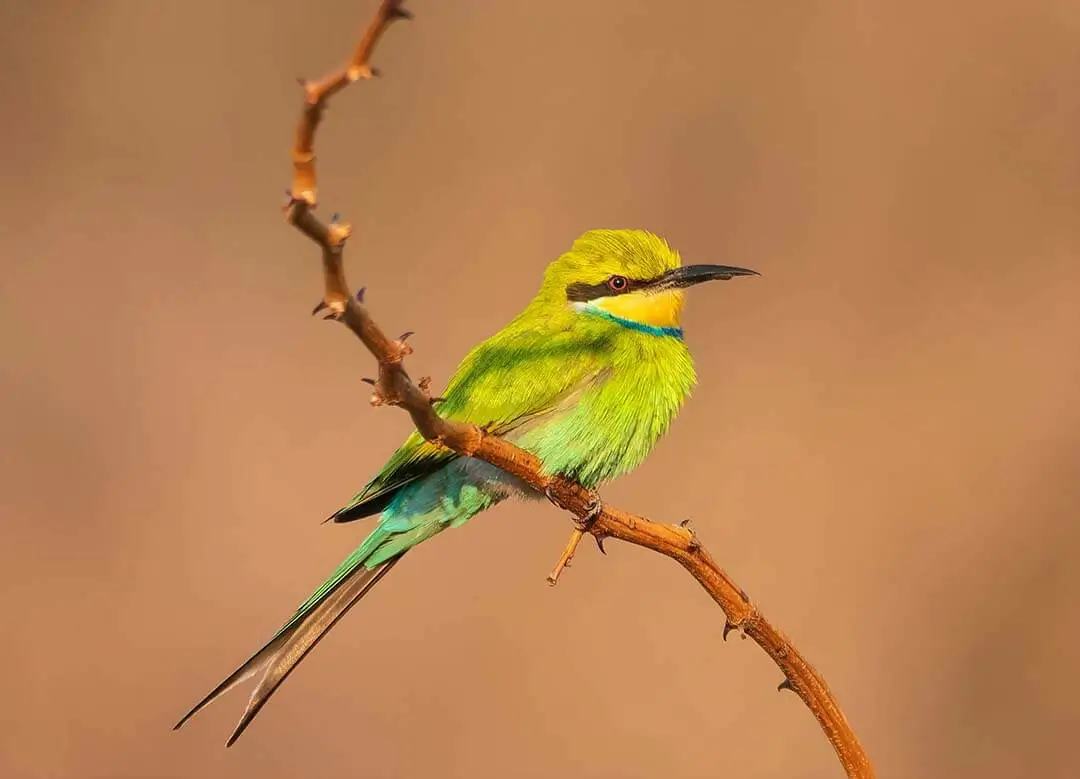
This is one of the best places to see the francolin, which can be very difficult to see and is generally found only early in the morning. The road leads to a National Monument where ancient rock art can be viewed.
Read More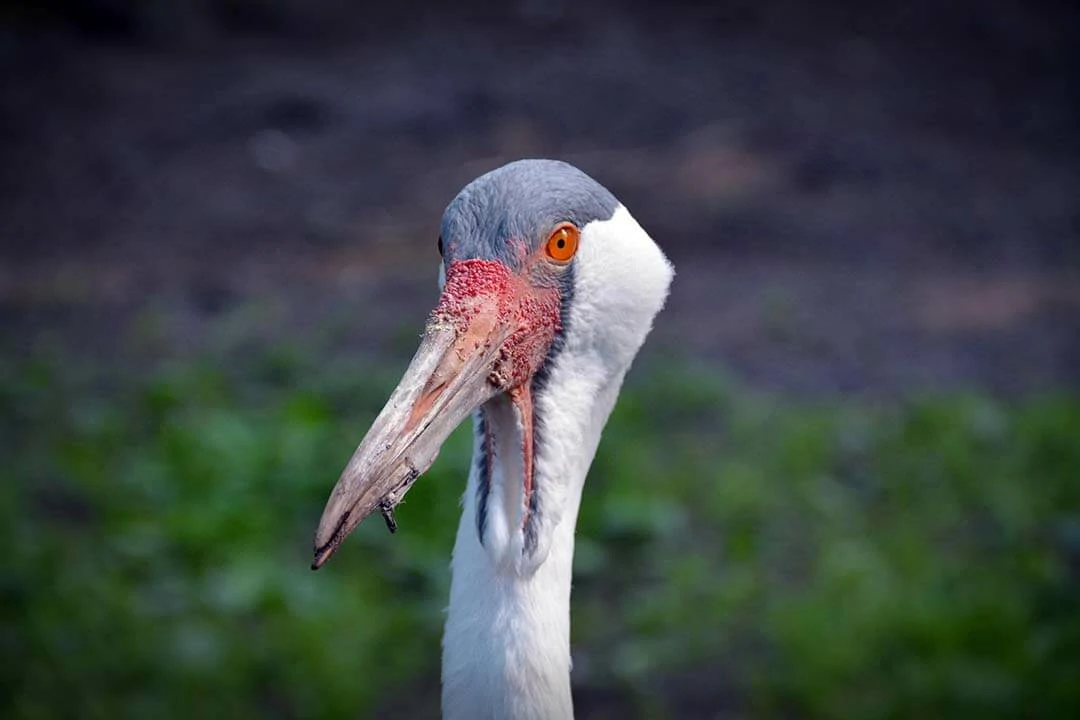
Etosha is home to 340 bird species, about a third of which are migratory. The avian residents of the park make up an eclectic mix that ranges from flamingos to the colourful lilac-breasted roller and eagles soaring high above.
Read More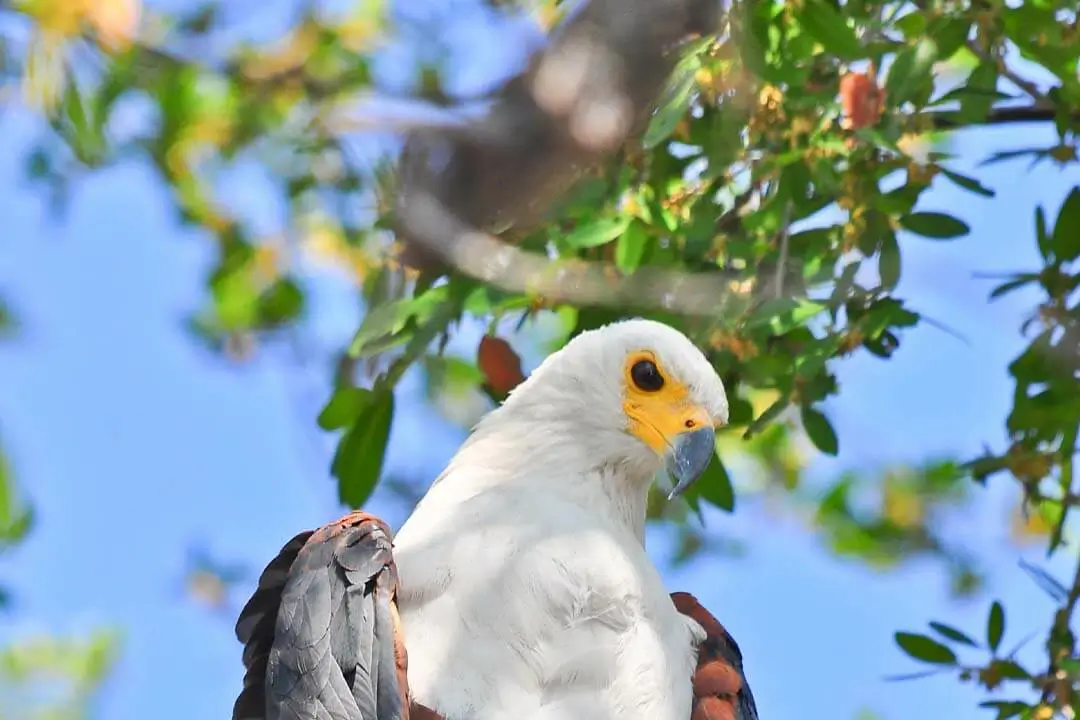
The 284 bird species recorded here include the Great White Pelican, Yellow Billed Stork, Osprey, Bradfield's Swift and Stark's Lark, Ostrich, White Pelican, Reed Cormorant, Darter, Goliath and Purple Heron, Little and Dwarf Bittern,
Read More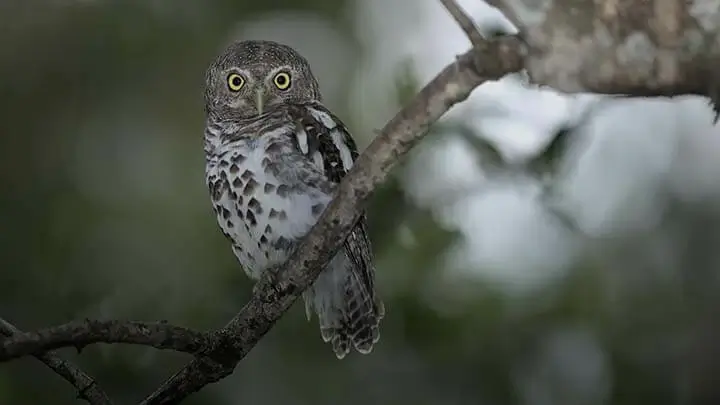
A combination of floodplain, open grassland, mopane and riverine woodland as well as papyrus-lined waterways make this a bird watching paradise. Birds such as Pel's Fishing Owl, Rock Pratincole, African Finfoot, White-backed Night Heron, Brown Firefinch, Coppery Sunbird, Chirping Cisticola, Redfaced Cisticola, Coppery-tailed Coucal are easily found and regularly seen.
Read More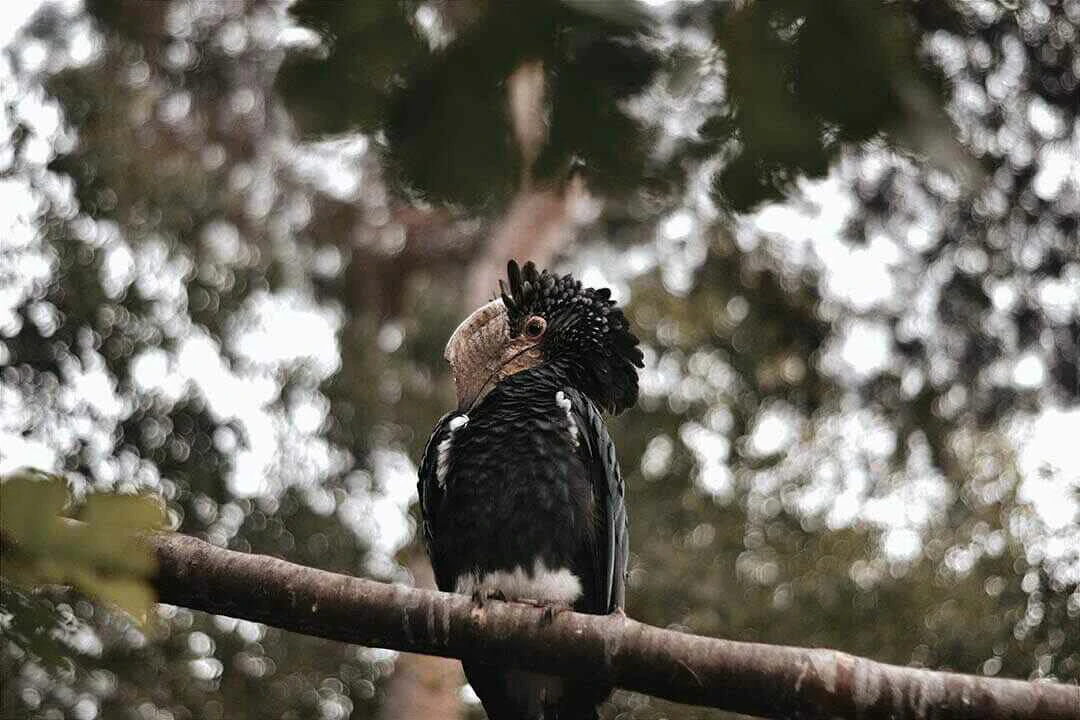
Birding in and around Katima Mulilo town offers plenty of sightings, amongst many others: African finfoots, African skimmers, African fish eagles and, if you are lucky, bat hawks on the River Zambezi.
Read More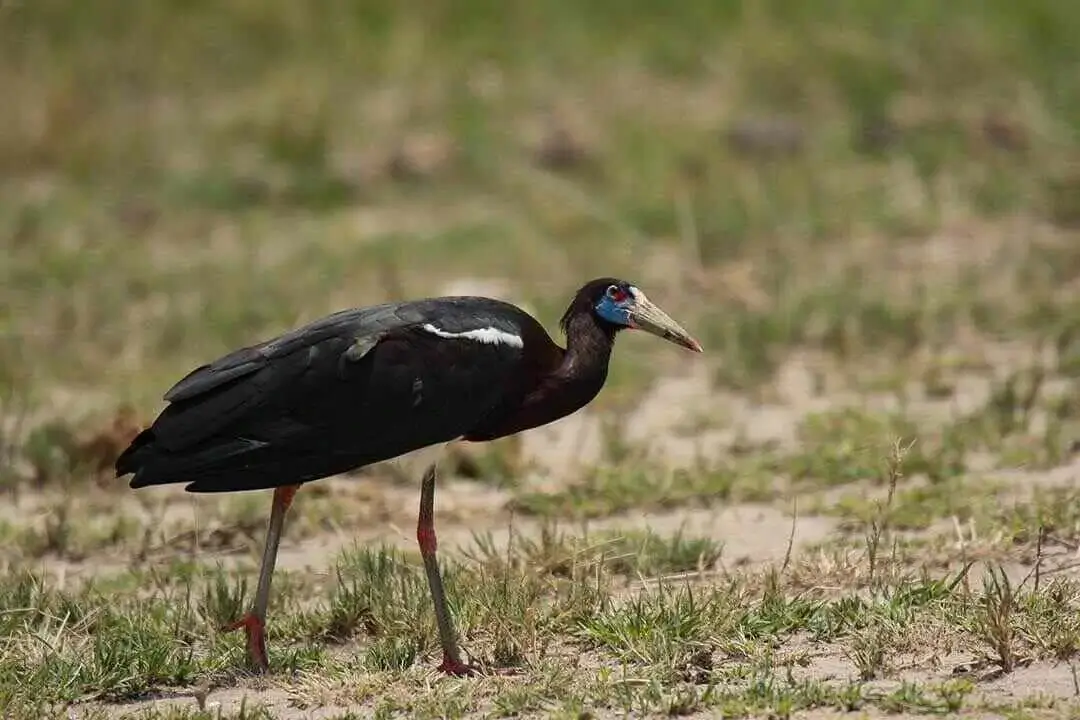
During the months between November and March, there are over 320 species of birds nesting and migrating through the park area. Amongst these, there are over 50 predator species of birds making this an exciting place to visit for bird lovers.
Read More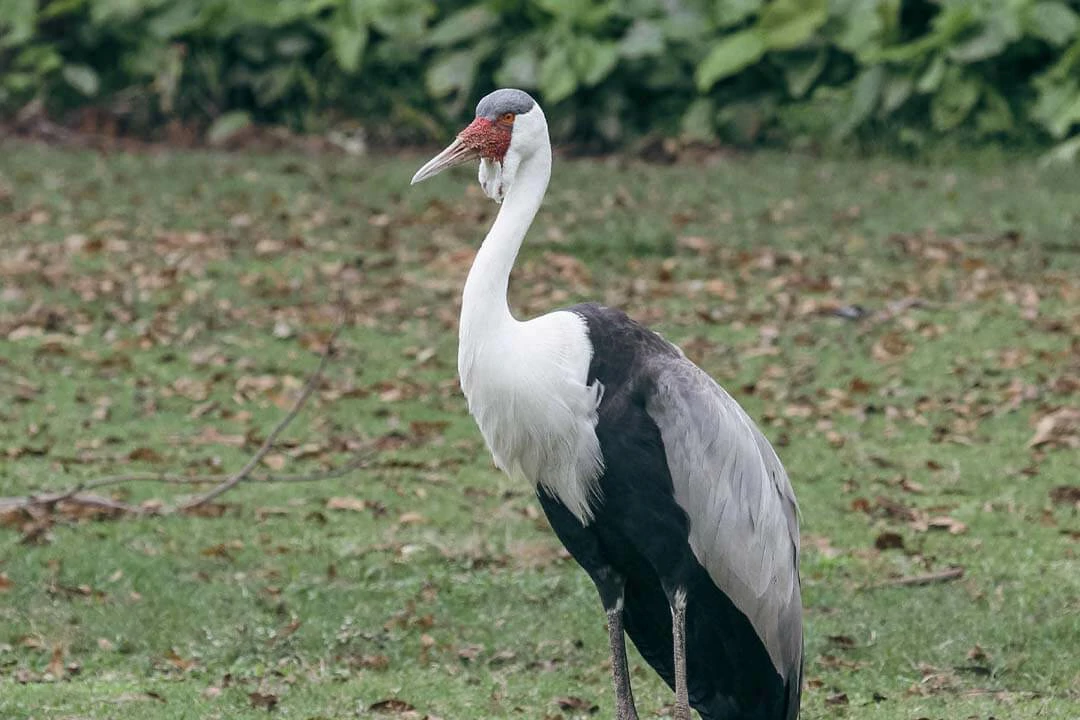
The birding is splendid, with threatened species such as Slaty Egret, Wattled Crane, and Black-winged Pratincole possible.
Read More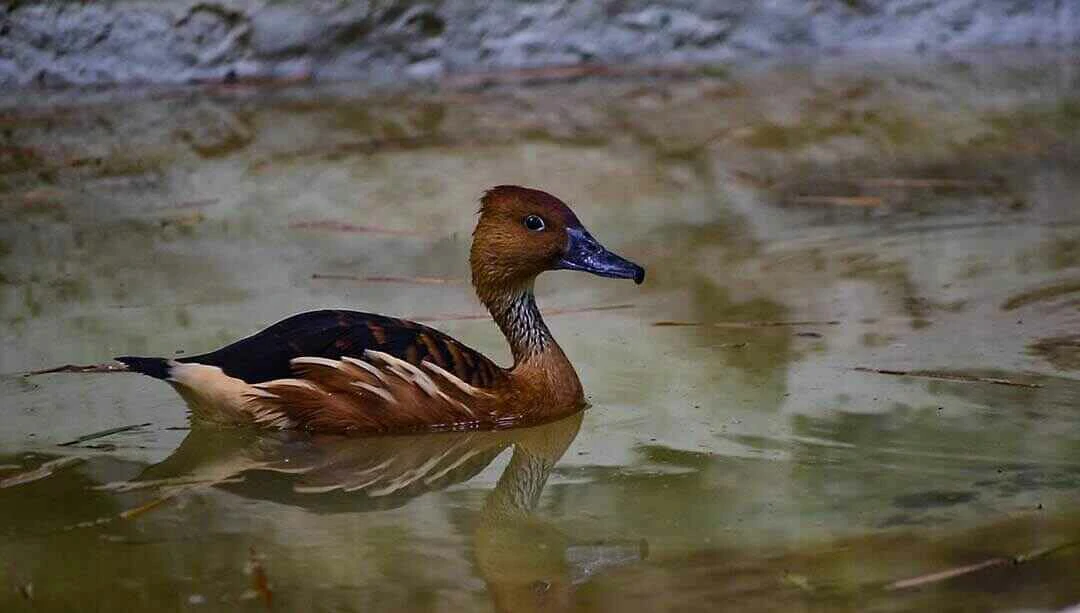
An amazing 430 species of birds have been recorded, which is nearly 70% of Namibia's total, and much game including the rare sitatunga and red lechwe as well as buffalo, elephant, zebra, antelopes, hippo, and crocodiles.
Read More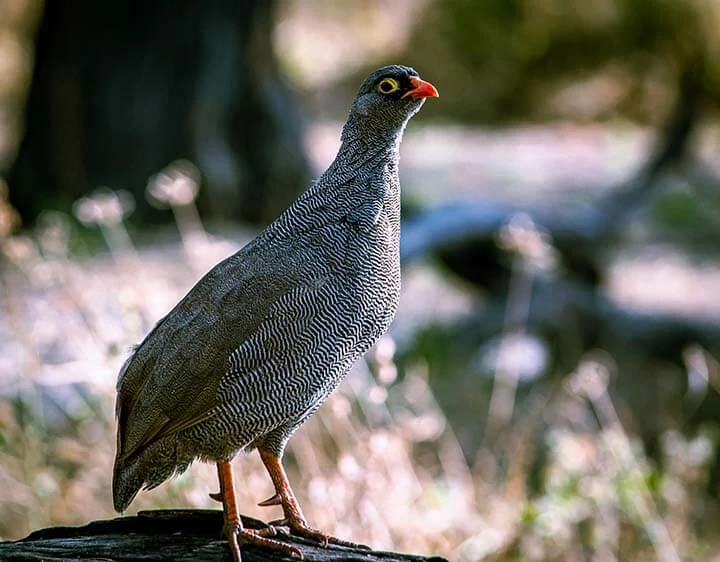
A place to pick up unique birds like Lapped-faced Vulture, Bateleur, Tawny Eagle, Meyer's Parrot, and Striped Kingfisher are among the birdlife vibrant in this region.
Read More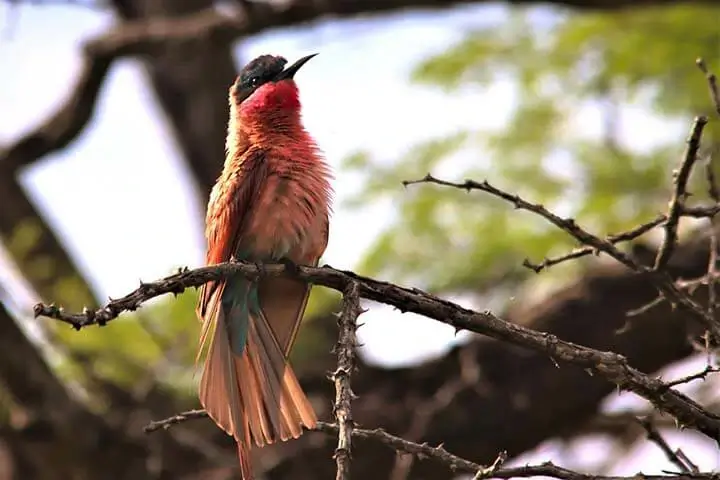
Birding Specials for Avid Birders include; African pygmy goose, Bradfield's hornbill, Bearded scrub robin, Brown firefinch, Collared palm-thrush, Lesser jacana, Grey-backed cisticola, Coppery-tailed coucal,
Read More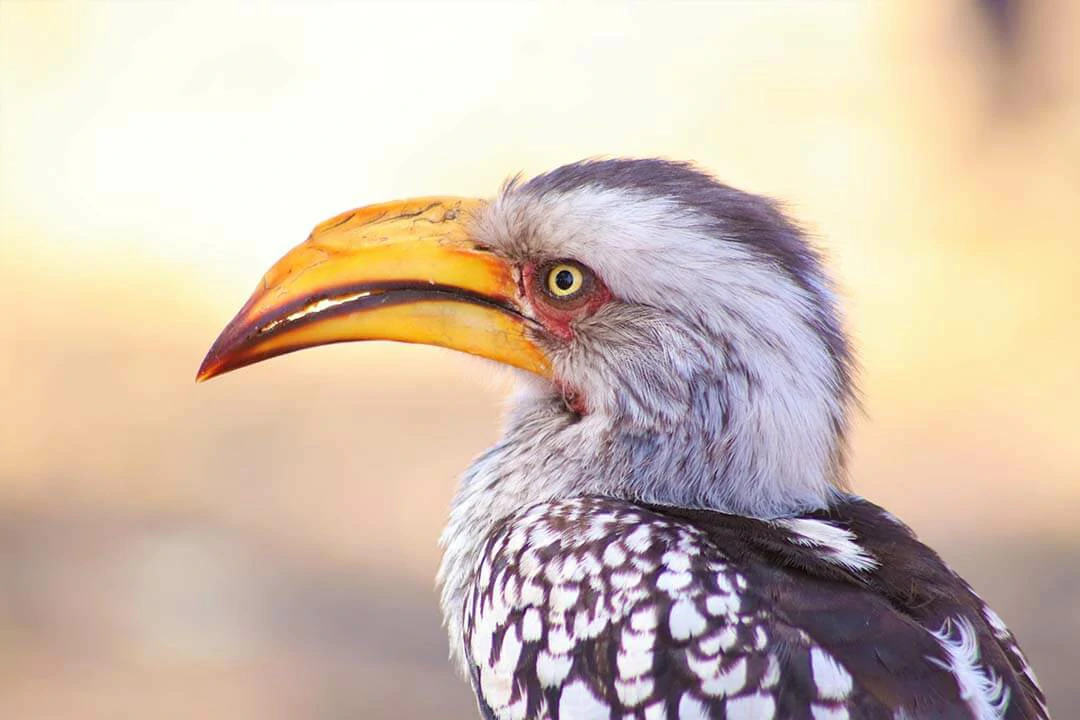
At Okonjima you will see the Africat Foundation at work, learn more about leopard and cheetah, and have excellent photographic opportunities. This is also a very good birding spot.
Read More